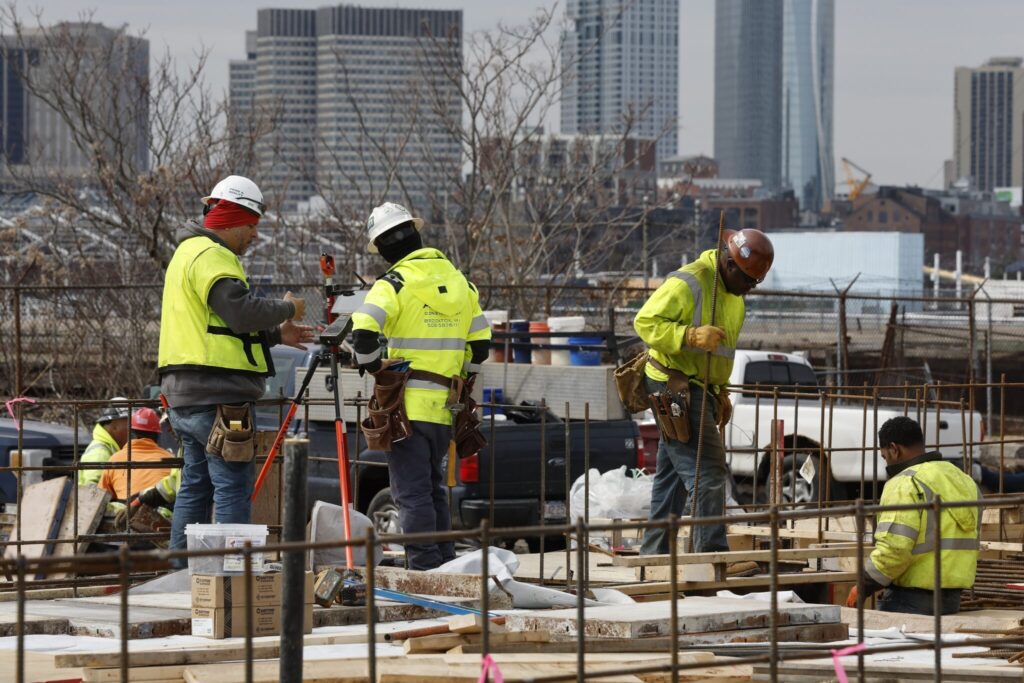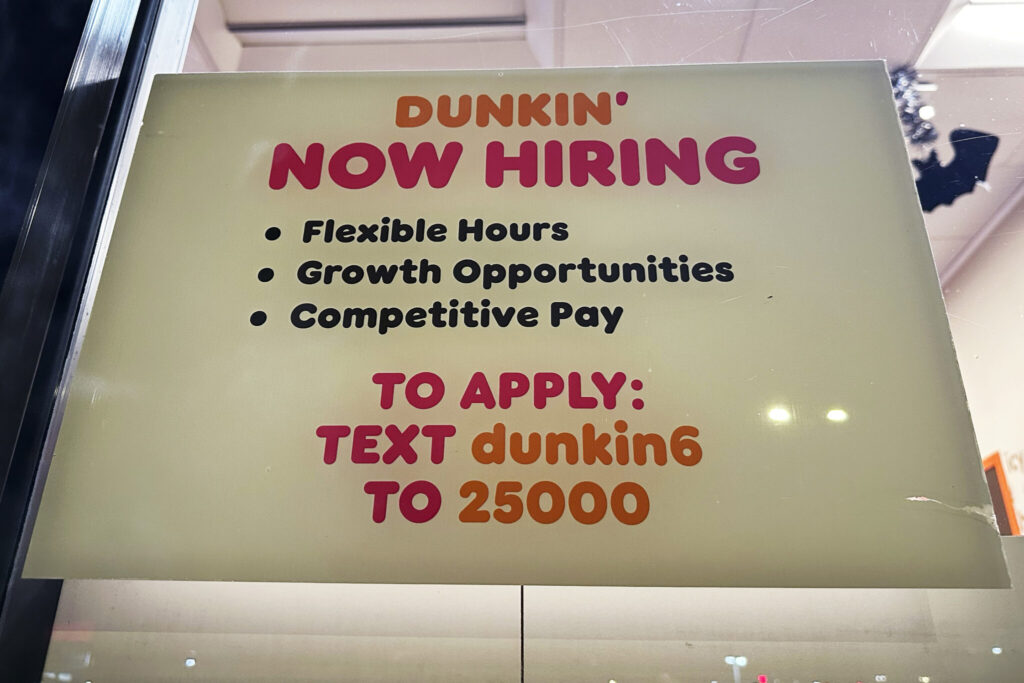Unemployment benefits/ jobless claims/ U.S. labor market/ layoffs/ Federal Reserve rate cut/ Newslooks/ WASHINGTON/ J. Mansour/ Morning Edition/ Unemployment claims in the U.S. increased modestly last week, rising by 6,000 to 225,000, but remain at historically low levels. Despite signs of a cooling job market, layoffs are still limited. The Federal Reserve recently cut interest rates for the first time in four years, shifting focus from inflation control to job market support.

U.S. Unemployment Claims Rise Slightly, Layoffs Still Low: Quick Looks
- Jobless Claims Increase: Unemployment claims rose by 6,000 to 225,000 for the week of Sept. 28, still below analyst expectations.
- Labor Market Remains Stable: Despite the rise, the job market remains relatively strong, with layoffs at historically low levels.
- Fed Shifts Focus: With inflation easing, the Federal Reserve cut interest rates to support the cooling job market.
- Upcoming Jobs Report: September’s jobs data is due out Friday, expected to provide further insights into labor market trends.
U.S. Jobless Claims Rise Slightly, but Layoffs Stay Low
Deep Look
The U.S. job market showed signs of slight weakening last week as the number of Americans filing for unemployment benefits rose modestly. The Labor Department reported Thursday that jobless claims for the week ending Sept. 28 increased by 6,000 to 225,000, slightly above the 221,000 expected by analysts. Despite the rise, the labor market continues to reflect healthy conditions, with layoffs remaining at historically low levels.
Jobless Claims and Labor Market Stability
Unemployment claims are often viewed as a reliable indicator of weekly layoffs in the U.S. economy. While the slight increase may hint at some cooling in the labor market, overall claims remain far below levels that would signal widespread layoffs. The four-week moving average, which smooths out weekly volatility, dropped by 750 to 224,250, signaling continued labor market stability.
The recent data adds to growing evidence that high interest rates are finally having an impact on employment. After the Federal Reserve aggressively raised rates in 2022 and 2023 to control inflation, the effects are beginning to show in the labor market. However, layoffs are still minimal compared to historical averages.
Fed Responds to Labor Market Softening
In response to weakening employment data and slowing inflation, the Federal Reserve took action last month by cutting its benchmark interest rate by half a percentage point. This marked the Fed’s first rate cut in four years, shifting its focus from controlling inflation to supporting the job market. The central bank is aiming for a “soft landing”—slowing inflation without triggering a recession.
Throughout the past year, inflation has steadily declined, nearing the Fed’s 2% target. This progress led Fed Chair Jerome Powell to declare that inflation is now largely under control. As a result, the central bank has shifted its policy towards maintaining a healthy labor market, especially as job growth begins to slow.
Job Growth Slowing but Steady
The recent jobless claims data comes on the heels of other indicators suggesting a cooling labor market. U.S. employers added just 142,000 jobs in August, up from a lower-than-expected 89,000 in July. However, these figures are still well below the January-June average of nearly 218,000 new jobs per month.
Looking ahead, the September jobs report—set to be released on Friday—will offer further insight into whether job growth continues to decelerate. This data will be critical in shaping the Federal Reserve’s next moves as it tries to balance job market stability with inflation control.
In addition, the Labor Department recently revised its job growth figures for the 12 months from April 2023 to March 2024, showing that 818,000 fewer jobs were added during that period than initially reported. This revision supports the idea that the job market has been gradually slowing, prompting the Fed’s recent rate cut.
Jobless Benefits and Holiday Hiring
In Thursday’s report, the total number of Americans collecting unemployment benefits fell by 1,000 to about 1.83 million for the week of Sept. 21. This decline indicates that, despite some signs of weakening, the overall labor market remains resilient.
Separately, retailers have begun ramping up their hiring for the upcoming holiday season. However, fewer seasonal employees are expected to be hired compared to previous years, reflecting a more cautious approach by businesses as economic conditions remain uncertain.







